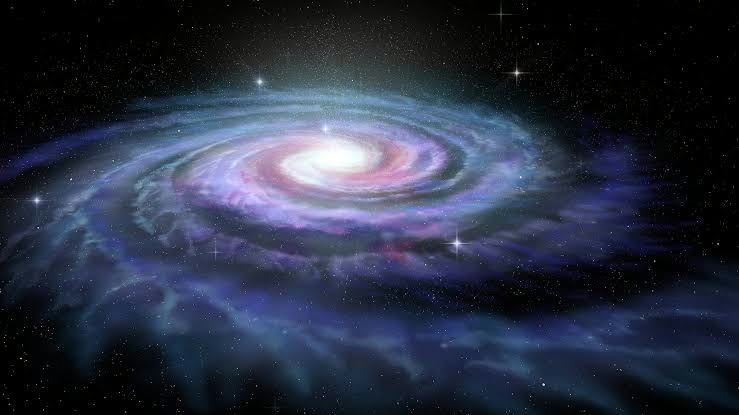Contrary to the common perception of the Milky Way as a tranquil spiral of stars, our galaxy is actually experiencing dynamic movements resembling vast ocean waves. Billions of stars, including our Sun, are part of this cosmic dance, with stellar waves rising and falling thousands of light-years above and below the galactic midplane.
This groundbreaking insight comes from the European Space Agency’s Gaia mission, which has meticulously charted the positions and velocities of over a billion stars. Upon examining the latest dataset, scientists uncovered a remarkable phenomenon: a massive, wave-like oscillation coursing through the Milky Way’s disk, creating a ripple effect on an unprecedented scale.
Although Gaia ceased operations earlier this year, ongoing analysis of its rich data archive promises further revelations. This particular discovery was detailed in a collaborative study by European and American researchers, published recently in the journal Astronomy & Astrophysics.
RELATED: Atiku criticizes Tinubu following Plateau visit for APC chairman Yilwatda’s mother’s funeral
“What captivates us is not just the three-dimensional wave pattern visible in the star distribution, but also the coherent wave-like motions exhibited by the stars themselves,” explained Eloisa Poggio, an astronomer at Italy’s Istituto Nazionale di Astrofisica and lead author of the study.
Scientists hypothesize that this galactic ripple was set in motion millions of years ago, likely caused by the passage of a smaller galaxy or a dense clump of dark matter through the Milky Way’s disk. This cosmic encounter would have generated gravitational disturbances, bending and warping the galactic plane much like a stone creating ripples on a still lake.
These revelations challenge the traditional view of the Milky Way as a stable and peaceful system, instead revealing a vibrant, evolving galaxy still responding to ancient cosmic interactions.






















